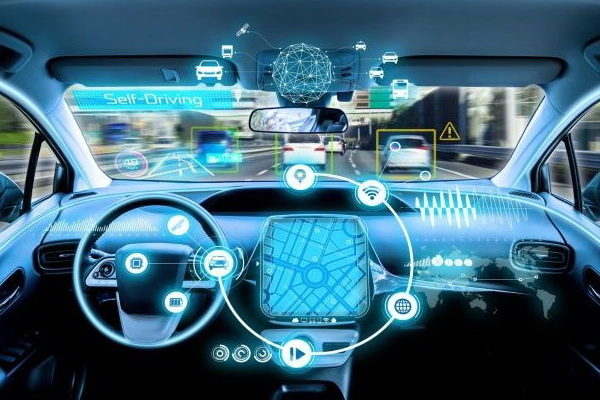Lectures
1. Principles and methods of artificial intelligence. Methods of computer knowledge representation and language modelling. Basics of fuzzy mathematics and fuzzy logic
2. Fuzzy expert systems
3. Fuzzy models and ANFIS
4. Data classification: basic methods, principles and applications Hierarchical and non-hierarchical cluster analysis methods.
5. and 6. Neural networks: basic principles, topologies, network types and applications for classification and prediction.
7. Optimization methods and applications.
8. Decision trees and forests, random trees.
9. a 10. Machine learning methods without neural networks
11. Special machine learning methods: reinforcement learning, federated learning, transfer learning, multi-source and multi-view learning
12. Hybrid methods
13. Generative artificial intelligence and its application in engineering practice.
Computer exercises
1. Mathematical applications of fuzzy mathematics.
2. Design and implementation of fuzzy expert systems.
3. Application of fuzzy modeling on real examples.
4. Implementation of selected classification algorithms in the context of engineering applications.
5. Design and implementation of neural networks in MATLAB environment for solving classification and prediction tasks.
6. Application of optimization techniques.
7. Implementation of cluster analysis methods for biomedical data segmentation and classification.
8. Implementation of decision tree methods
9. Implementation of machine learning methods without neural networks
10. implementation of selected special machine learning methods in engineering applications
11. Implementation of selected hybrid methods in engineering applications
12. Experimentation with generative artificial intelligence
13. Credit test
1. Principles and methods of artificial intelligence. Methods of computer knowledge representation and language modelling. Basics of fuzzy mathematics and fuzzy logic
2. Fuzzy expert systems
3. Fuzzy models and ANFIS
4. Data classification: basic methods, principles and applications Hierarchical and non-hierarchical cluster analysis methods.
5. and 6. Neural networks: basic principles, topologies, network types and applications for classification and prediction.
7. Optimization methods and applications.
8. Decision trees and forests, random trees.
9. a 10. Machine learning methods without neural networks
11. Special machine learning methods: reinforcement learning, federated learning, transfer learning, multi-source and multi-view learning
12. Hybrid methods
13. Generative artificial intelligence and its application in engineering practice.
Computer exercises
1. Mathematical applications of fuzzy mathematics.
2. Design and implementation of fuzzy expert systems.
3. Application of fuzzy modeling on real examples.
4. Implementation of selected classification algorithms in the context of engineering applications.
5. Design and implementation of neural networks in MATLAB environment for solving classification and prediction tasks.
6. Application of optimization techniques.
7. Implementation of cluster analysis methods for biomedical data segmentation and classification.
8. Implementation of decision tree methods
9. Implementation of machine learning methods without neural networks
10. implementation of selected special machine learning methods in engineering applications
11. Implementation of selected hybrid methods in engineering applications
12. Experimentation with generative artificial intelligence
13. Credit test
